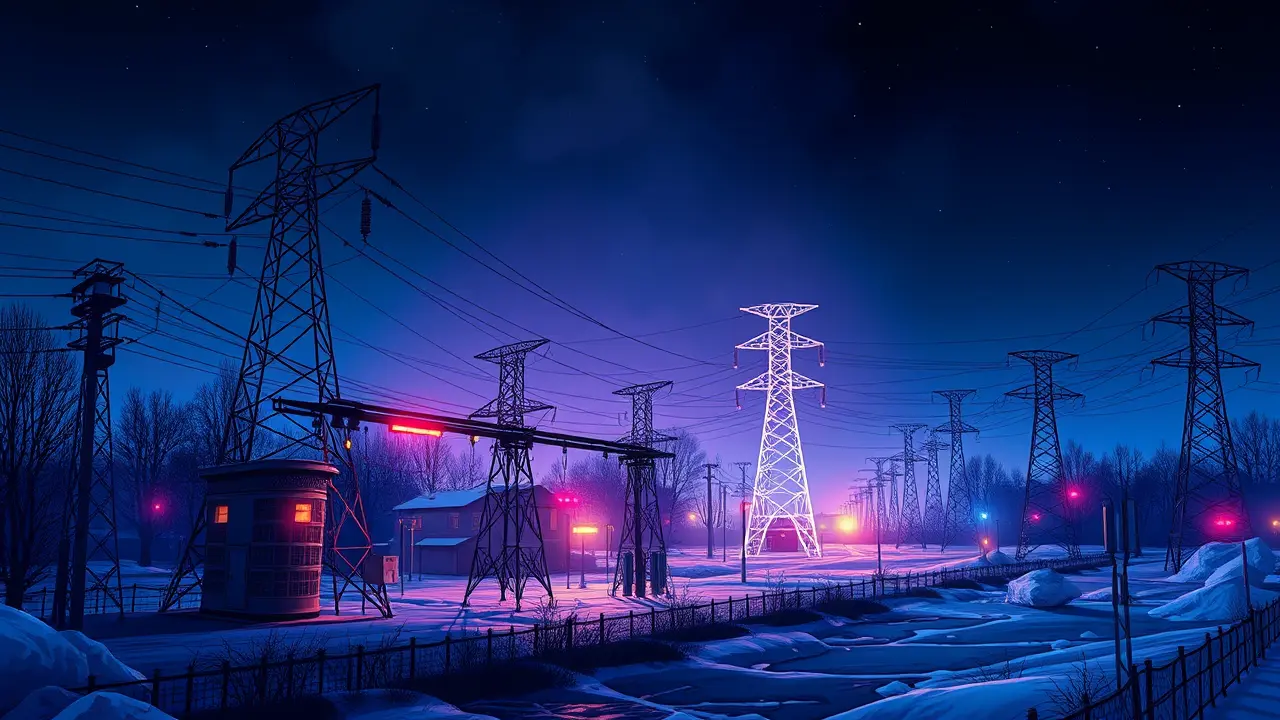Russian Attacks Cause Widespread Power Outages in Ukraine.
The latest wave of Russian strikes has plunged vast sections of Ukraine into a calculated darkness, with officials confirming that a staggering 380,000 consumers in the capital city of Kyiv are now without power, a figure that underscores the systematic and targeted nature of this critical infrastructure assault. This is not an isolated incident but a deliberate escalation in a long-running campaign to weaponize winter, a tactic straight from the hybrid warfare playbook designed to test the resilience of civilian morale and the structural integrity of the Ukrainian state itself.Emergency outages are now a grim reality across the nation, forcing a population already hardened by years of conflict to confront a new frontier of deprivation, where the simple act of heating a home or charging a phone becomes a logistical battle. From a risk analysis perspective, the immediate operational consequences are stark: the degradation of energy grids cripples industrial output, disrupts supply chains for essential goods, and places an unbearable strain on medical facilities, creating cascading humanitarian crises that extend far beyond the blackout zones.The strategic calculus for Moscow appears clear—to freeze and fracture Ukrainian resolve ahead of the deepest winter months, a chilling parallel to historical siege warfare but executed with modern precision-guided munitions. However, the long-term geopolitical risks for the Kremlin are equally profound; such attacks further cement Ukraine's westward pivot, galvanize NATO's commitment to bolstering energy and defense infrastructure, and potentially trigger unforeseen economic shocks in global energy markets, particularly if retaliatory measures or collateral damage impact key transit routes.The scenario planning now underway in capitals from Brussels to Washington must account for a protracted war of attrition on civilian infrastructure, a conflict where the front lines are power substations and the victory condition is measured in a population's ability to endure. This ongoing assault forces a sobering reassessment of national security priorities worldwide, highlighting the acute vulnerability of interconnected energy systems to state-level aggression and the urgent need for decentralized, resilient alternatives. As repair crews work against the clock and the cold, the true battle is not just for light and heat, but for the very operational continuity of a nation under a sustained, multi-domain attack, a high-stakes gamble whose repercussions will be analyzed in risk assessments for years to come.
It’s quiet here...Start the conversation by leaving the first comment.
© 2025 Outpoll Service LTD. All rights reserved.
